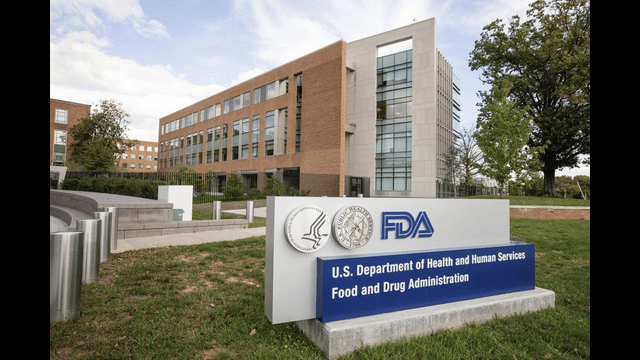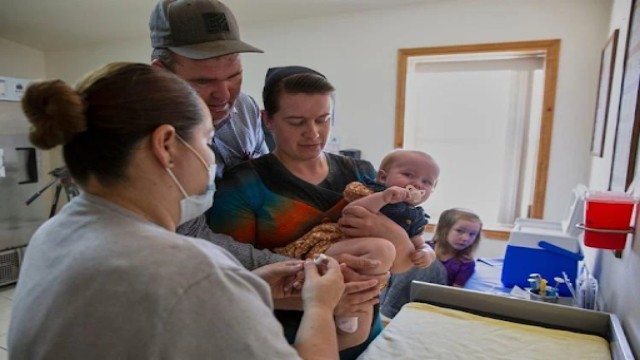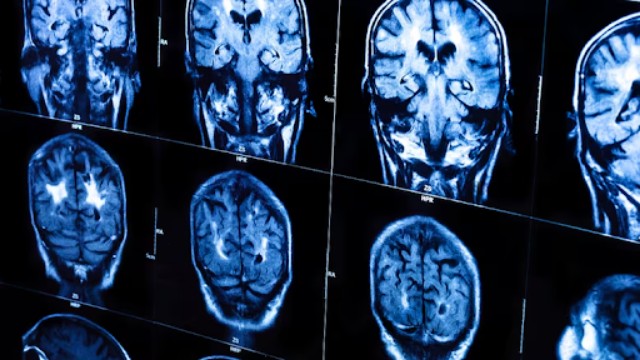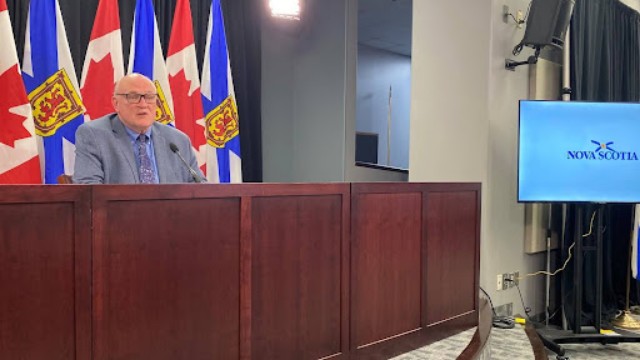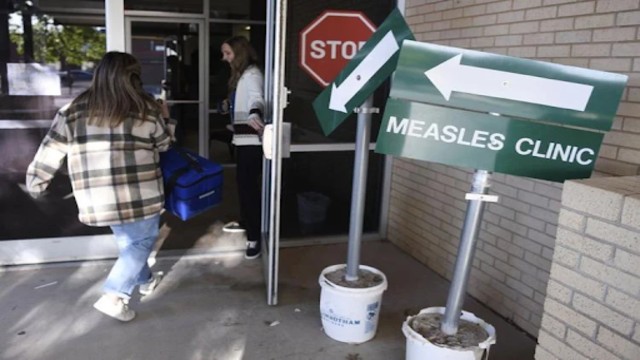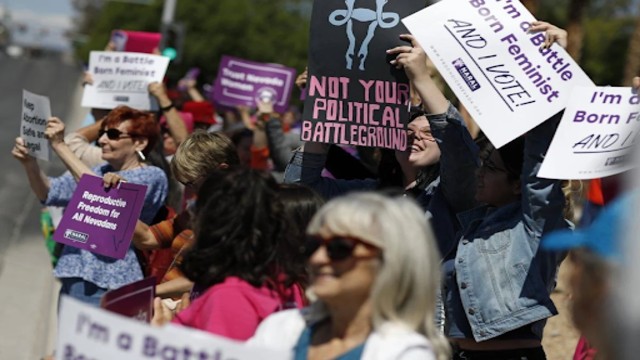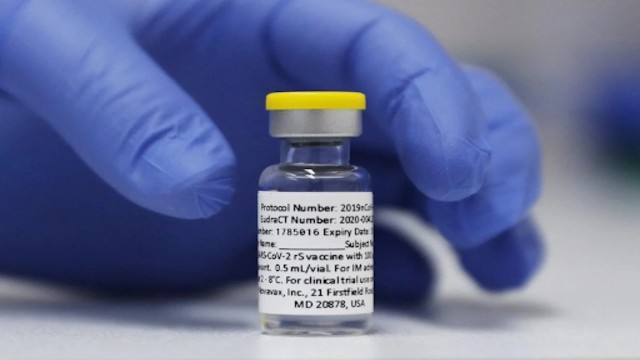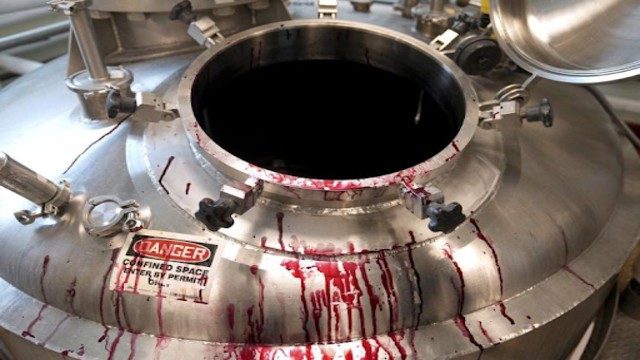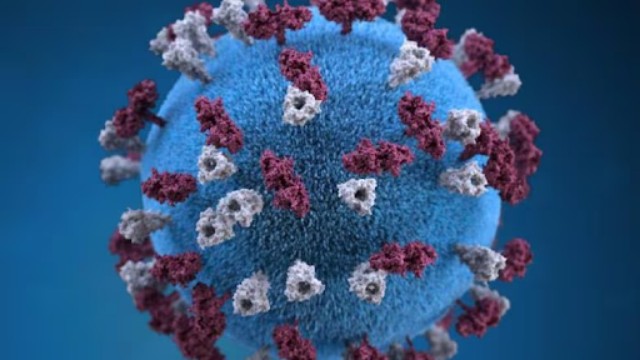
Dr. Lee Gross checks on patient Annie Geisel at Epiphany Health Direct Primary Care in Port Charlotte, Florida, on Tuesday, January 21, 2025. (AP Photo/Chris O'Meara)
Andrea Meneses found a direct primary care clinic after her grandmother’s health scare. Her grandmother, who had no insurance, needed to see a doctor immediately when a mishap with her insulin occurred. Meneses’ friend recommended Dr. Wendy Molaska’s direct primary care clinic in Madison, Wisconsin, where patients pay a set monthly fee of $50 to $100 for unlimited access to their doctor. This arrangement offers simple, direct access without the need for insurance.
Direct primary care, where patients pay a monthly fee for basic care, is gaining popularity, and health experts believe it could expand further under the policies expected from the Trump administration. Robert F. Kennedy Jr., nominated for the Department of Health and Human Services, even mentioned it in his confirmation hearing, adding to the hope that it could revolutionize healthcare.
For many patients, direct primary care offers affordable, convenient care, especially for those who can’t afford traditional insurance. Doctors involved in this model often collaborate with local pharmacies to provide discounted medications. This arrangement is seen as a win-win for both parties, as doctors have more time to focus on patient care without the stress of dealing with insurance companies.
However, it’s not without its critics. Some argue that direct primary care is a solution only for a limited group of people, such as the relatively healthy or those who don’t qualify for government assistance like Medicaid. Health researchers also caution that while this model is cheaper, it’s not a complete replacement for insurance, as it doesn’t cover more serious medical procedures or emergencies.
Dr. Molaska’s clinic charges $70 to $85 a month for individuals, capping at $200 for families, and despite having a waiting list, she has built a strong community of bilingual patients. Meneses, impressed with the benefits, now sends many of her clients, particularly those without insurance, to Dr. Molaska.
Despite its advantages, experts like Dr. Stephanie Woolhandler warn that many patients already struggle to afford even minimal medical expenses, making the direct primary care model a tough sell for lower-income groups. Critics also point out that while it may offer relief for ongoing conditions like diabetes, it’s not equipped to handle emergencies, which may send patients to the emergency room.
The model also faces growing interest from those dissatisfied with traditional insurance. Dr. Lee Gross, a Florida-based provider, switched his practice to direct primary care years ago, frustrated by the back-and-forth with insurance companies. His patients, like Annie Geisel, have praised the model for quick, no-hassle care.
The increasing dissatisfaction with insurance companies, combined with potential cuts to Medicaid, has made direct primary care an attractive option for many. Some experts see it as a lifeline for those falling through the cracks of the existing healthcare system. If political and policy shifts continue to support this model, it could become a more widespread solution for those struggling with access to affordable healthcare.



